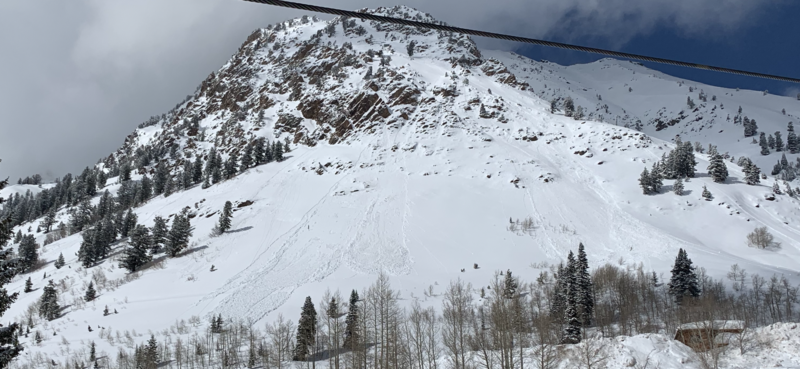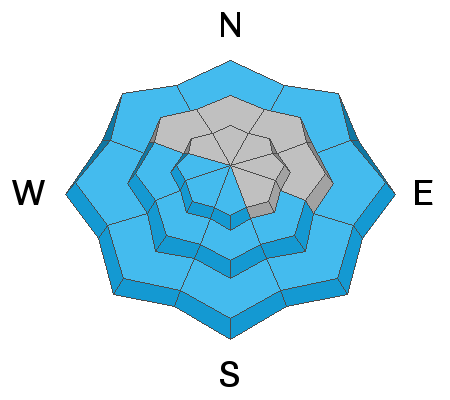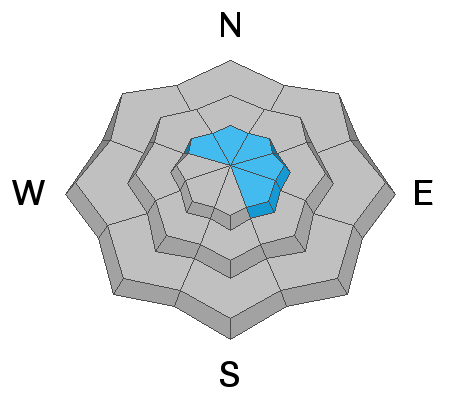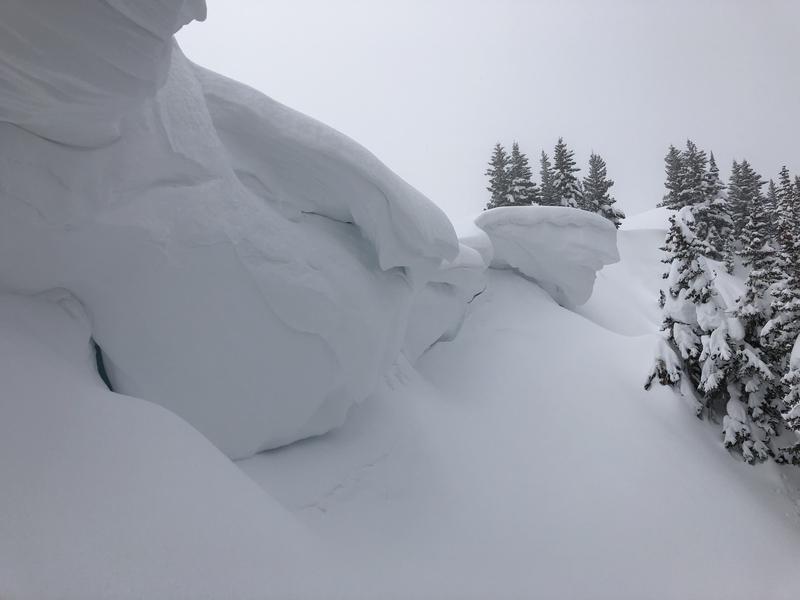Join Drew Hardesty at 7PM on Wednesday, March 6 at Rocksteady Bodyworks in Holladay for an interactive discussion on the State of the Snowpack.
IF you plan on attending, there's required reading beforehand.
Ok it's not required, but it's helpful. LOW Danger
Chapter 1,
Chapter 2,
Chapter 3,
Chapter 4. You can find them all under our Blog page in the Menu above. Extra thanks to Derek Debruin, Russ Costa, and Laura Maguire.
The latest podcast is out. In this episode, we sit down with Ian McCammon. Ian has done as much for the avalanche community as nearly anyone over the past 20 years and recently received the highest award given by the American Avalanche Association. Tune in -
Currently: Temperatures range throughout the teens F. and winds are westerly and generally light, averaging less than 10 mph with gusts in the teens. Gusts are in the 20’s mph at the upper-most elevations.
Today: Skies will become partly to mostly cloudy, with increasing winds, especially by later in the day. Temperatures will rise into the 30's at low and mid elevations, and mid to upper 20's F at the upper elevations. Winds will be out of the southwest, and generally light through midday. But will begin to increase this afternoon, averaging in the teens with gusts in the 20's. Strong winds with snow developing overnight, with a rain snow line initially between 7000' and 7500'.
This Week: Warm, wet, and windy. Heavy dense snow on a southwest flow through Thursday. Upwards of 1-2' of snow is possible, containing about 2" of water. (It's possible the models are under-forecasting water amounts.) A brief break around Friday with a colder storm early in the weekend. The pattern generally looks favorable through at least the next 7-10 days with a series of systems moving through from time to time, with no dominant ridges of high pressure. March is, after all, our wettest month!













